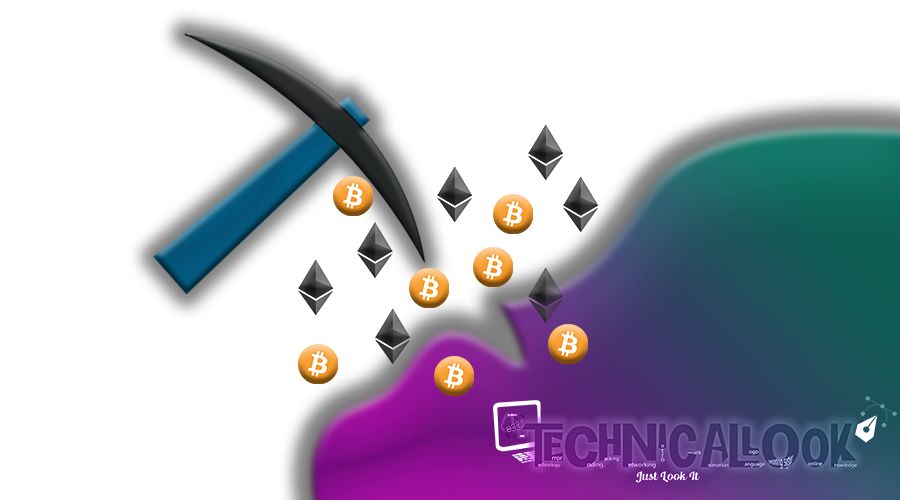
Mining is the process by which networks of specialized computers generate and release new Crypto Coins and verify new transactions.
It involves extensive, decentralized networks of computers around the globe that verify and secure blockchains – the virtual ledgers that document every cryptocurrency transaction ever done. In return for contributing to their processing power, computers on the network are rewarded with new coins. It’s a righteous circle: the miners maintain and secure the blockchain, the blockchain rewards some coins, and the coins provide an incentive to the miners to maintain the blockchain. Let's take a technical look at how crypto mining works.
How does mining work?
There are three primary ways of getting Bitcoin, Ethereum and other cryptocurrencies.
- You can buy them from an exchange like Binance,MEXC,etc.
- Receive them as payment for goods or services.
- 'Mine' is, what we are going to explain here using Bitcoin as our example because it is the OG coin.
You might have thought of trying to mine Bitcoin by yourself which could have brought you to our blog. There was a time when anyone with a decent PC at home could mine crypto. But as the years have passed blockchain has grown exponentially and the computational power required to maintain it has advanced too.
Specialized computers execute the calculations required to verify and record every new Bitcoin transaction and ensure the blockchain is secure. Verifying the blockchain requires an extensive amount of computing power, which is willingly contributed by miners.
Bitcoin mining is a lot like running a data centre. We purchase the mining hardware and pay for the electricity needed to keep it up and running while making sure the environment is cool enough to stabilize the computers. For this thing to be profitable, the value of the accumulated coins must be higher than the expense of mining those coins.
Why should Miners do Crypto Mining?
The network holds a lottery. Every computer on the network races to be the first to guess a 64-digit hexadecimal number known as a “hash.” The faster a computer can spit out guesses, the more likely the miner is to earn the reward.
The winner updates the blockchain ledger with all the newly verified transactions – thereby adding a newly confirmed “block” containing all of those transactions to the chain – and is granted a predetermined amount of newly minted bitcoin. (On average, this happens every ten minutes.) In fact, as the difficulty of mining increases with time, the reward keeps on decreasing until there are no more bitcoins left to be mined.
It is a fact that the total number of bitcoins that will ever exist is limited to 21 million. Based on current calculations, the last block is predicted to be mined in the year 2140. From that point in time, miners will no longer rely on newly issued Bitcoin as a reward instead will depend on the fees they charge for completing transactions.
Why is mining important?
Beyond unleashing new coins into circulation, mining is central to Bitcoin’s (and many other cryptocurrencies’) security. Mining verifies and secures the blockchain, which allows cryptocurrencies to function as a peer-to-peer decentralized network without any need for supervision from a third party. And it creates the incentive for miners to contribute their computing power to the network.